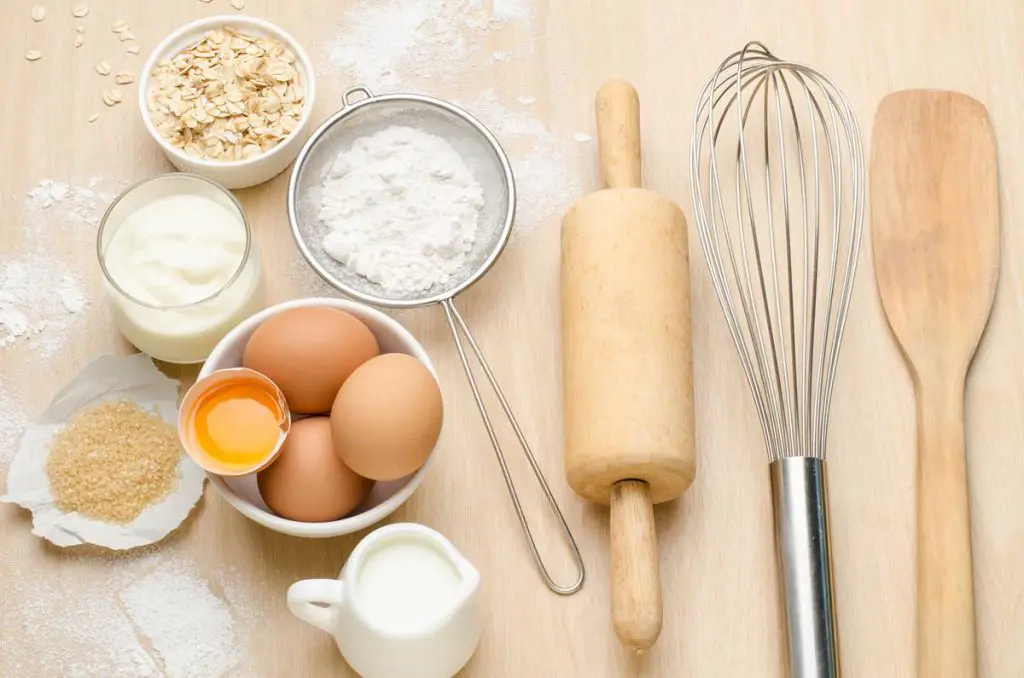Hello bakers! Imagine the scene: you find a recipe you want to bake. Then you read through it and find it uses measurements you are not used to. How do you convert plain flour from 250 grams to cups? Or 1 cup peanut butter to grams? Do you google “ingredient conversions” and hope to find something that will help?
Well, I have that solution for you! As you know, I provide all my recipes in both grams and cup measurements, to suit your preferences. But now I am sharing an interactive ingredient conversions tool to allow you to convert any recipe you want to as well!
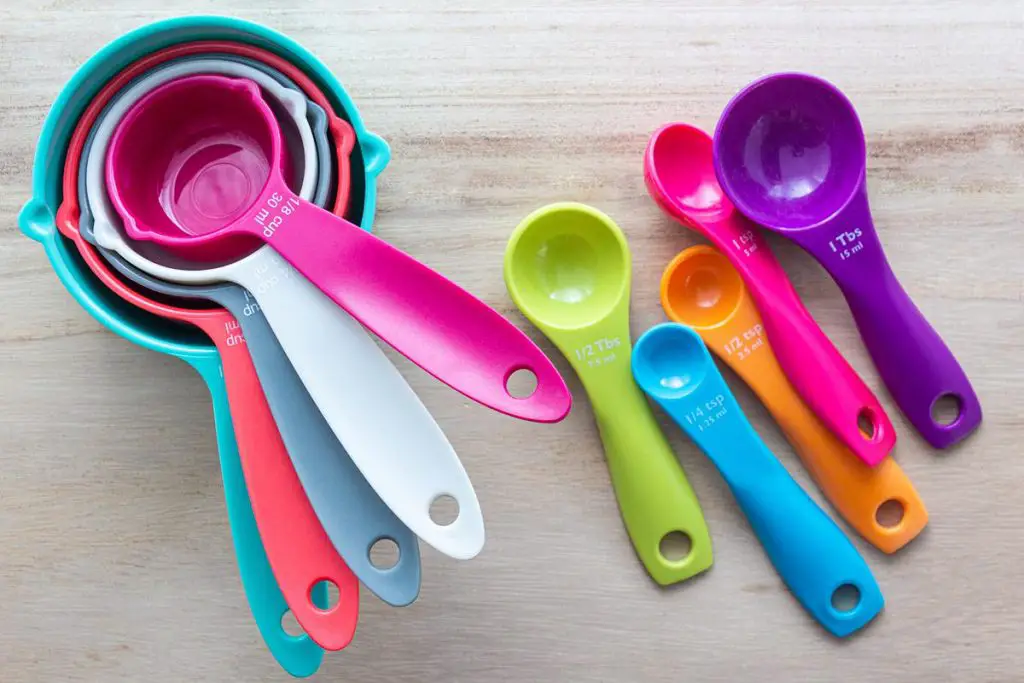
Simply use the tool below by choosing your ingredient followed by what you are converting from and to. Then click calculate and let the ingredient conversions calculator work it all out for you.
This conversion baking chart will help convert your measurements between grams (g), cups (US cups), millilitres (ml) and ounces (oz) for a variety of baking ingredients. I cover more commonly used baking ingredients such as flour, sugar, butter and milk. But you can also find cups to grams conversions of less used ingredients such as oats, condensed milk and some fruit too.
And if the same recipe uses an oven temperature you are not used to, again I’ve got your back! Please do check out my temperature conversions charts too, which you can find here.
Ingredient Conversions
Keep scrolling if you would prefer to use a table rather than the tool above for your ingredient conversions. You can find conversions for the most commonly used baking ingredients. Just click on the ingredient below to go straight to the conversion table for it.
Plain/All Purpose/Self Raising Flour | Wholemeal Flour | Granulated Sugar | Caster Sugar
Icing (Powdered) Sugar | Brown Sugar | Butter/Margarine | Vegetable Oil | Water | Milk
Double (Heavy) Cream | Yogurt | Cream Cheese | Nutella/Biscoff
And finally, for a few frequently asked questions about measuring out your ingredients and other troubleshooting, check out these pointers too.
How much is a stick of butter? | How to measure in cups for baking | What is a scant cup?
Opinion: is it better to measure ingredients in cups or grams for baking?
Hope you find all this information here useful. Please do let me know if there is anything else you would like to see added here. In the meantime, happy baking my friends!
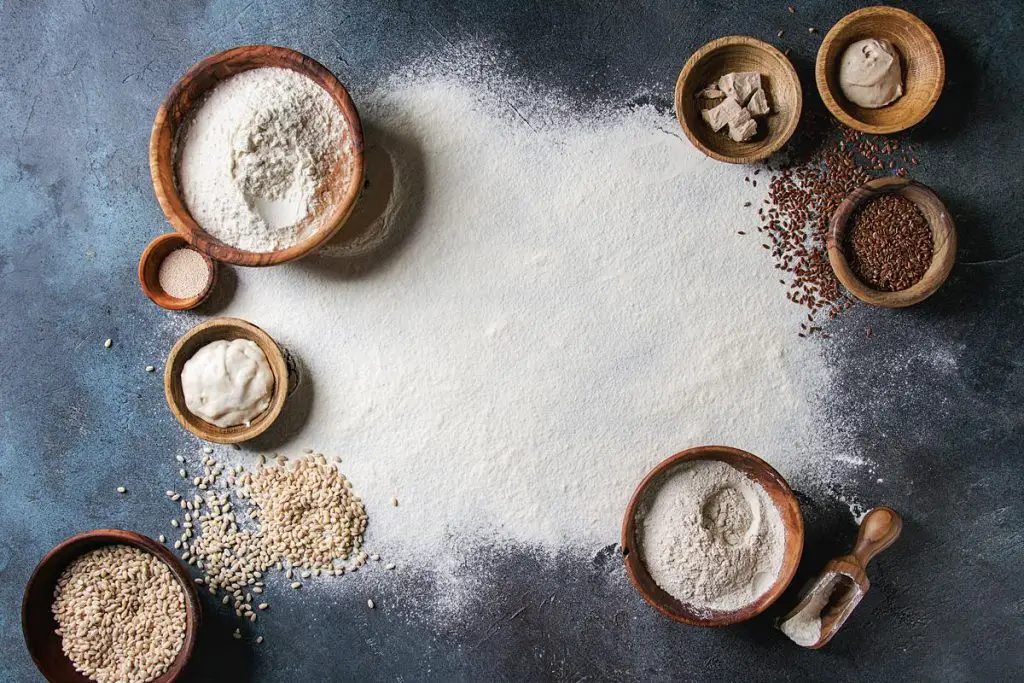
Plain/All Purpose/Self Raising Flour
| Grams | Cups |
|---|---|
| 10g | 1 tbsp |
| 25g | 2 tbsp + 2 tsp |
| 50g | ¼ cup + 1 tbsp |
| 100g | ½ cup + 2 tbsp |
| 200g | 1 cups + ¼ cup |
| 250g | 1 ½ cups + 1 tbsp |
| 300g | 1 ¾ cups + 2 tbsp |
| Cups | Grams |
|---|---|
| 1 tsp | 3g |
| 1 tbsp | 10g |
| ¼ cup | 40g |
| ⅓ cup | 53g |
| ½ cup | 80g |
| 1 cup | 160g |
Wholemeal Flour
| Grams | Cups |
|---|---|
| 10g | 1 tbsp |
| 25g | 2 tbsp + 2 tsp |
| 50g | ¼ cup + 1 tbsp |
| 100g | ½ cup + 3 tbsp |
| 200g | 1 ¼ cups + 1 tbsp |
| 250g | 1 ½ cups + 3 tbsp |
| 300g | 2 cups |
| Cups | Grams |
|---|---|
| 1 tsp | 3g |
| 1 tbsp | 9g |
| ¼ cup | 38g |
| ⅓ cup | 50g |
| ½ cup | 75g |
| 1 cup | 150g |
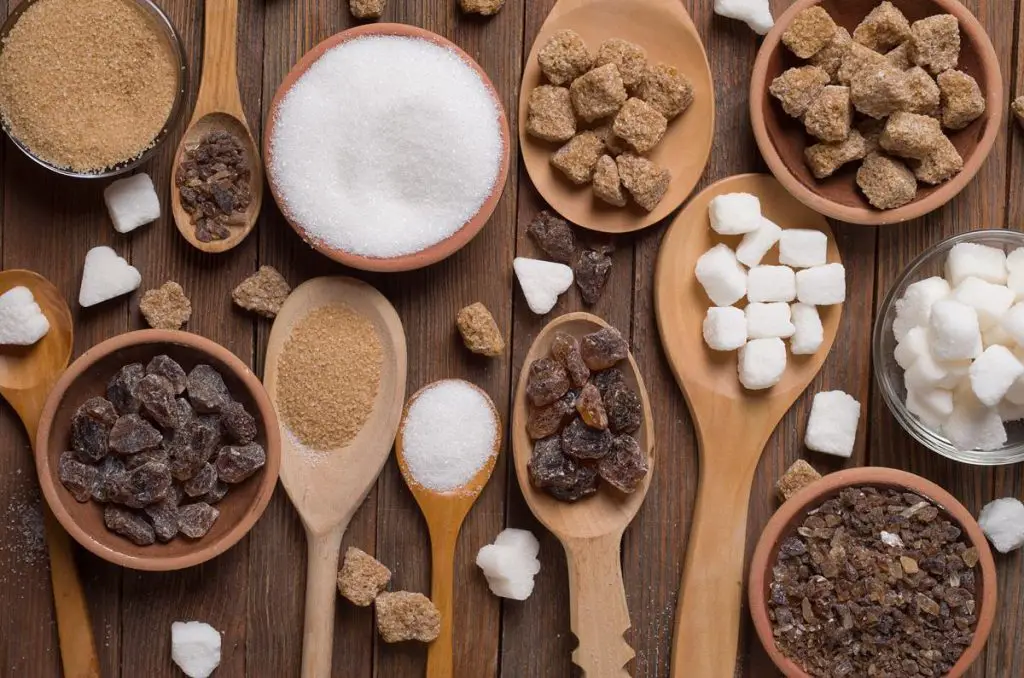
Granulated Sugar
| Grams | Cups |
|---|---|
| 10g | 2 tsp |
| 25g | 1 tbsp + 2 tsp |
| 50g | 3 tbsp + 2 tsp |
| 100g | ¼ cup + 3 tbsp |
| 200g | ¾ cup + 2 tbsp |
| 250g | 1 cups + 2 tbsp |
| 300g | 1 ¼ cups + 1 tbsp |
| Cups | Grams |
|---|---|
| 1 tsp | 5g |
| 1 tbsp | 14g |
| ¼ cup | 56g |
| ⅓ cup | 75g |
| ½ cup | 113g |
| 1 cup | 225g |
Caster Sugar
| Grams | Cups |
|---|---|
| 10g | 2 tsp |
| 25g | 2 tbsp |
| 50g | ¼ cup |
| 100g | ½ cup |
| 200g | 1 cup |
| 250g | 1 ¼ cups |
| 300g | 1 ½ cups |
| Cups | Grams |
|---|---|
| 1 tsp | 5g |
| 1 tbsp | 12g |
| ¼ cup | 50g |
| ⅓ cup | 67g |
| ½ cup | 100g |
| 1 cup | 200g |
Icing (Powdered) Sugar
| Grams | Cups |
|---|---|
| 10g | 1 tbsp + 1 tsp |
| 25g | 3 tbsp |
| 50g | ¼ cup + 2 tbsp |
| 100g | ¾ cup |
| 200g | 1 ½ cups |
| 250g | 1 ¾ cups + 2 tbsp |
| 300g | 2 ¼ cups |
| Cups | Grams |
|---|---|
| 1 tsp | 3g |
| 1 tbsp | 9g |
| ¼ cup | 34g |
| ⅓ cup | 45g |
| ½ cup | 68g |
| 1 cup | 135g |
Brown Sugar
| Grams | Cups |
|---|---|
| 10g | 1 tbsp |
| 25g | 2 tbsp |
| 50g | ¼ cup |
| 100g | ½ cup |
| 200g | 1 cup + 1 tbsp |
| 250g | 1 ¼ cups + 1 tbsp |
| 300g | 1 ½ cups + 1 tbsp |
| Cups | Grams |
|---|---|
| 1 tsp | 4g |
| 1 tbsp | 12g |
| ¼ cup | 48g |
| ⅓ cup | 63g |
| ½ cup | 95g |
| 1 cup | 190g |
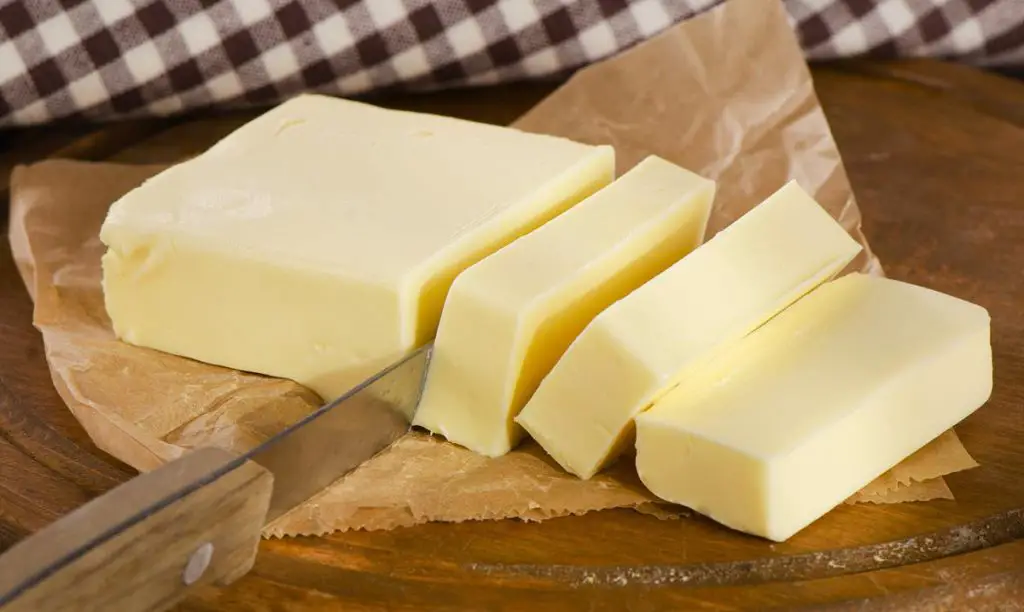
Butter/Margarine
| Grams | Cups |
|---|---|
| 10g | 2 tsp |
| 25g | 1 tbsp + 2 tsp |
| 50g | 3 tbsp + 2 tsp |
| 100g | ¼ cup + 3 tbsp |
| 200g | ¾ cup + 3 tbsp |
| 250g | 1 cup + 2 tbsp |
| 300g | 1 ¼ cups + 2 tbsp |
| Cups | Grams |
|---|---|
| 1 tsp | 5g |
| 1 tbsp | 14g |
| ¼ cup | 55g |
| ⅓ cup | 73g |
| ½ cup | 110g |
| 1 cup | 220g |
Vegetable Oil
| ml | Cups |
|---|---|
| 10ml | 2 tsp |
| 25ml | 1 tbsp + 2 tsp |
| 50ml | 3 tbsp + 1 tsp |
| 100ml | ¼ cup + 3 tbsp |
| 200ml | ¾ cup + 1 tbsp |
| 250ml | 1 cup + 1 tbsp |
| 300ml | 1 ¼ cups |
| Cups | ml |
|---|---|
| 1 tsp | 5ml |
| 1 tbsp | 15ml |
| ¼ cup | 60ml |
| ⅓ cup | 80ml |
| ½ cup | 120ml |
| 1 cup | 240ml |
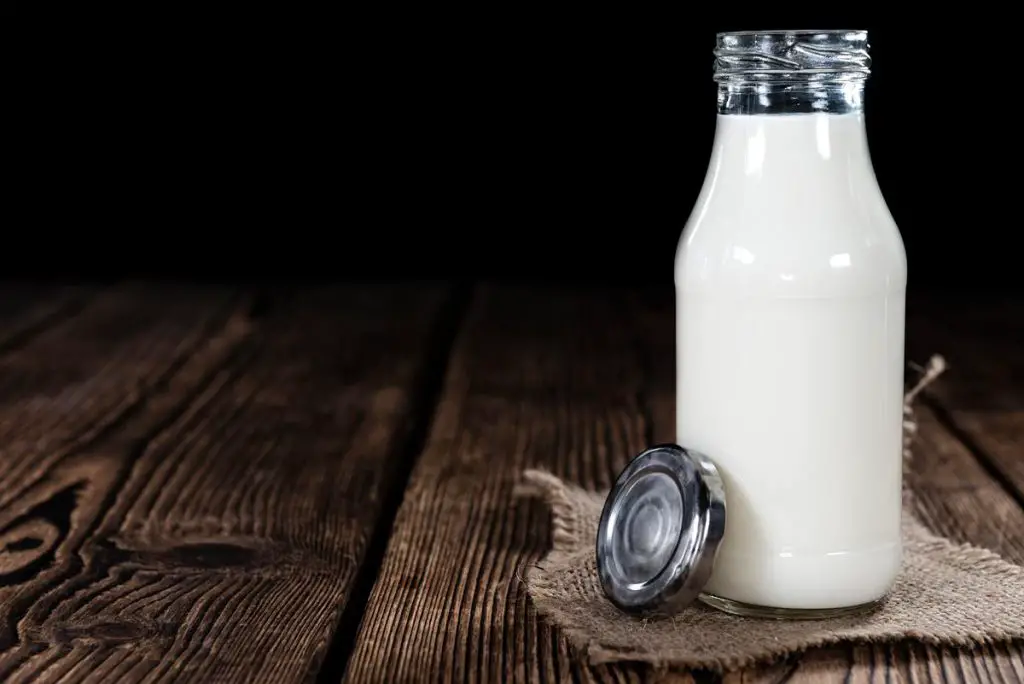
Water
| ml | Cups |
|---|---|
| 10ml | 2 tsp |
| 25ml | 1 tbsp + 2 tsp |
| 50ml | 3 tbsp + 1 tsp |
| 100ml | ¼ cup + 3 tbsp |
| 200ml | ¾ cup + 1 tbsp |
| 250ml | 1 cup + 1 tbsp |
| 300ml | 1 ¼ cups |
| Cups | ml |
|---|---|
| 1 tsp | 5ml |
| 1 tbsp | 15ml |
| ¼ cup | 60ml |
| ⅓ cup | 80ml |
| ½ cup | 120ml |
| 1 cup | 240ml |
Milk
| ml | Cups |
|---|---|
| 10ml | 2 tsp |
| 25ml | 1 tbsp + 2 tsp |
| 50ml | 3 tbsp + 1 tsp |
| 100ml | ¼ cup + 3 tbsp |
| 200ml | ¾ cup + 1 tbsp |
| 250ml | 1 cup + 1 tbsp |
| 300ml | 1 ¼ cups |
| Cups | ml |
|---|---|
| 1 tsp | 5ml |
| 1 tbsp | 15ml |
| ¼ cup | 60ml |
| ⅓ cup | 80ml |
| ½ cup | 120ml |
| 1 cup | 240ml |
Double (Heavy) Cream
| ml | Cups |
|---|---|
| 10ml | 2 tsp |
| 25ml | 1 tbsp + 2 tsp |
| 50ml | 3 tbsp + 1 tsp |
| 100ml | ¼ cup + 3 tbsp |
| 200ml | ¾ cup + 1 tbsp |
| 250ml | 1 cup + 1 tbsp |
| 300ml | 1 ¼ cups |
| Cups | ml |
|---|---|
| 1 tsp | 5ml |
| 1 tbsp | 15ml |
| ¼ cup | 60ml |
| ⅓ cup | 80ml |
| ½ cup | 120ml |
| 1 cup | 240ml |
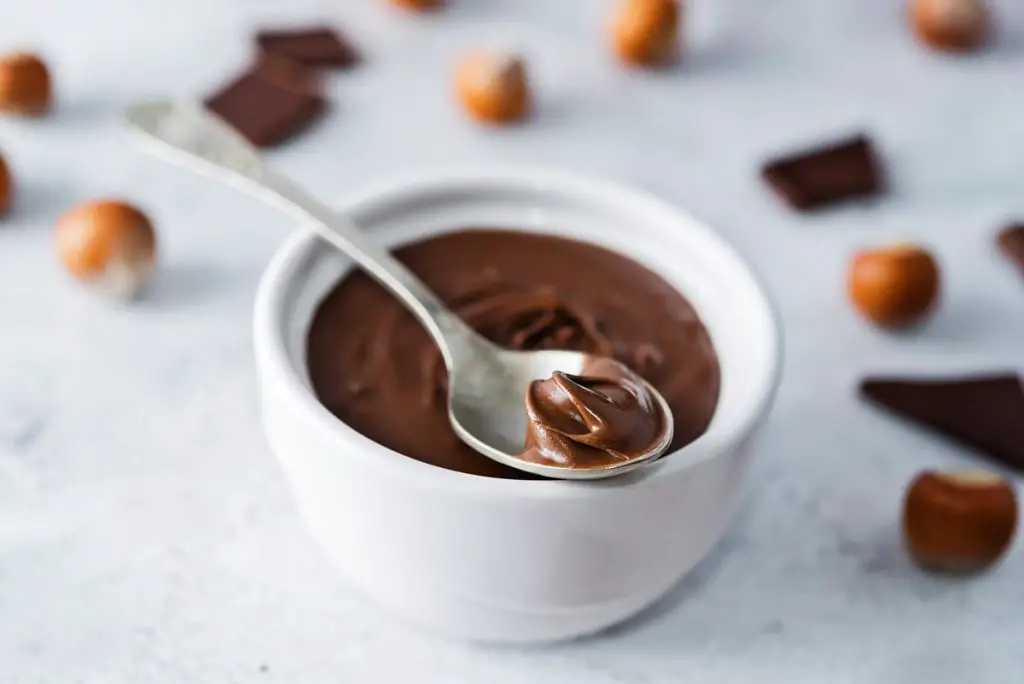
Yogurt
| Grams | Cups |
|---|---|
| 10g | 2 tsp |
| 25g | 1 tbsp + 2 tsp |
| 50g | 3 tbsp + 1 tsp |
| 100g | ¼ cup + 3 tbsp |
| 200g | ¾ cup + 2 tbsp |
| 250g | 1 cup + 1 tbsp |
| 300g | 1 ¼ cups + 1 tbsp |
| Cups | Grams |
|---|---|
| 1 tsp | 5g |
| 1 tbsp | 14g |
| ¼ cup | 58g |
| ⅓ cup | 77g |
| ½ cup | 115g |
| 1 cup | 230g |
Cream Cheese
| Grams | Cups |
|---|---|
| 10g | 2 tsp |
| 25g | 1 tbsp + 2 tsp |
| 50g | 3 tbsp + 2 tsp |
| 100g | ¼ cup + 3 tbsp |
| 200g | ¾ cup + 2 tbsp |
| 250g | 1 cup + 2 tbsp |
| 300g | 1 ¼ cups + 1 tbsp |
| Cups | Grams |
|---|---|
| 1 tsp | 5g |
| 1 tbsp | 14g |
| ¼ cup | 56g |
| ⅓ cup | 75g |
| ½ cup | 113g |
| 1 cup | 225g |
Nutella/Biscoff
| Grams | Cups |
|---|---|
| 10g | 2 tsp |
| 25g | 1 tbsp + 1 tsp |
| 50g | 2 tbsp + 2 tsp |
| 100g | ¼ cup + 1 tbsp |
| 200g | ½ cup + 3 tbsp |
| 250g | ¾ cup + 2 tbsp |
| 300g | 1 cup |
| Cups | Grams |
|---|---|
| 1 tsp | 8g |
| 1 tbsp | 19g |
| ¼ cup | 74g |
| ⅓ cup | 98g |
| ½ cup | 148g |
| 1 cup | 295g |
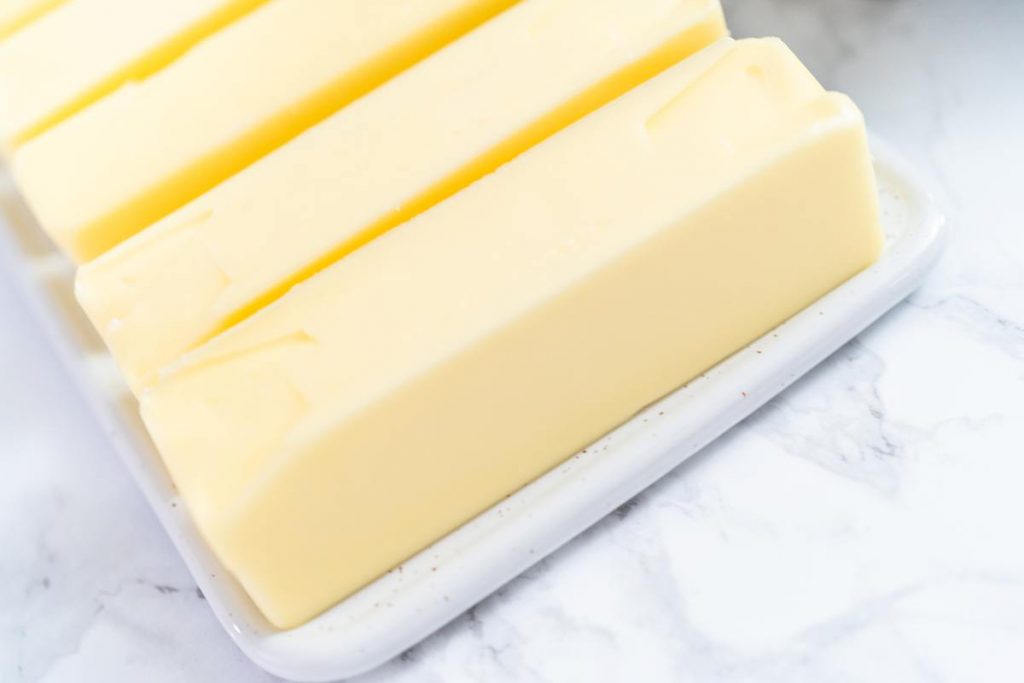
How much is a stick of butter?
I have come across so many recipes over the years listing butter as "a stick" or "half a stick". But what on earth is a stick of butter? A stick of butter, for those who have not experienced it, is just the way in which the butter comes packaged. In terms of cups, 1 stick of butter = ½ cup of butter. If you prefer working in grams, 1 stick of butter = 113g of butter.
How to measure in cups for baking
It is a common misconception that when measuring in cups, you simply dunk your cup measure into your ingredient and scoop out what you require. The reason this does not work is that this method will often compact the ingredient into the cup, giving an inaccurate measurement. Instead, you must spoon your ingredient into your cup so that it is not compacted in. You must overfill the cup, then use a knife to level the top. This is the most accurate way of measuring cups.
What is a scant cup?
Scant means "barely sufficient". In other words, a scant cup basically means a tablespoon or two less than a full cup. If you are seeking ingredient conversions for working in grams or millilitres, simply remove about 10-15 grams/millilitres of your ingredient should you come across this as a measurement.
Is it better to measure ingredients in cups or grams for baking?
Measuring out your ingredients using mass (weight) is more precise and accurate than using volume (as you do with cups). As an example, depending on how compact it is filled, a cup of flour can weigh anything from 113g up to 170g. This is a huge range of difference between the two amounts and is likely to affect the outcome of your bake. Not to mention two bakers will measure cups in slightly different ways, leading to differing final amounts.
If accuracy does not convince you, then perhaps this will: measuring out by volume using cups will leave you with several cup measures to wash up at the end of baking. Not to mention washing in between measuring, if you go from wet to dry for instance. Weighing out your ingredients uses your weighing scale and the bowl you dump your ingredients into. Less washing is less effort and more time to enjoy your creations!
Basically, I would strongly encourage you to weigh your ingredients out by mass rather than volume. Especially in baking, this can lead to far better final results. And now, with the help of my ingredient conversions on this page, you can do just that!
